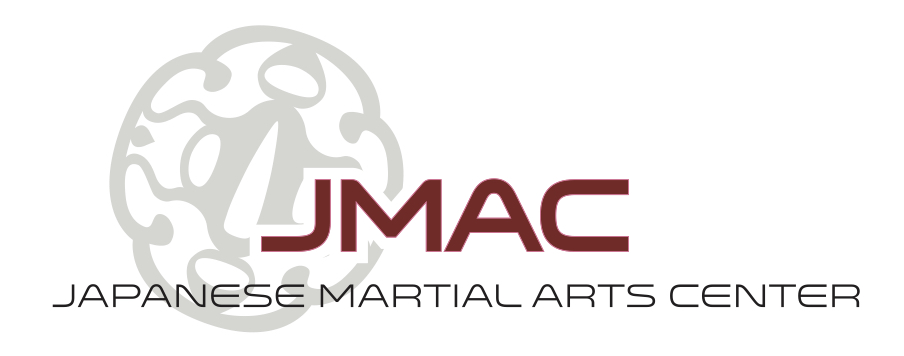"Hai!" means "Yes!" or "I'll try!" when used in response to an instructor's advice. It is more energetic and polite than the English expressions "Okay," or "Yeah."
"Rei" means etiquette or bow. Although you usually only hear the term when asked to bow during the opening and closing ceremonies at each class, the entire experience of training at a traditional dojo should be one of courtesy and joy.
"Onegai shimasu" is used when we bow to one another, and is a request to cooperate in training. In some schools, the expression is shortened to "Osu!" and can be used to express one's enthusiasm for training.
"Arigato gozaimasu" is a polite way of saying thank you. We generally say it to the instructor at the end of the last bow when closing class. "Arigato" by itself is too casual for this setting. "Domo arigato gozaimasu" means thank you very much, and is also acceptable to use when addressing the instructor.
"Sensei" means teacher. Append it to the end of an instructor's last name, as in "Smith-Sensei." The suffix "-san" is appropriate between peers ("Smith-San"), but should not be used when addressing a teacher.
More explanations of these words can be found in the December 8, 2006, post entitled "Your First Day in the Dojo."
JMAC would like to thank the many Ann Arbor businesses that support this blog,
both martial arts-related and others, including: Network Services Group,
Art of Japanese Swordsmanship, Shudokan Martial Arts Association,
Budo Mind and Body, Art of Judo, Iaido Dot Com, Lorandos and Associates,
Oxford Companies, Bluestone Realty Advisors, Portfolio Ann Arbor,
Invest Ann Arbor, and the Law Office of Nicklaus Suino.

1 comment:
It's also important to know how to count in Japanese from 1 to 10.
1 = Ichi
2 = Ni
3 = San
4 = Shi (or Yan)
5 = Go
6 = Roku
7 = Sichi
8 = Hachi
9 = Ku
10 = Ju
Oftentimes, when the instructor leads the class in drills, it is appropriate to count along.
Post a Comment